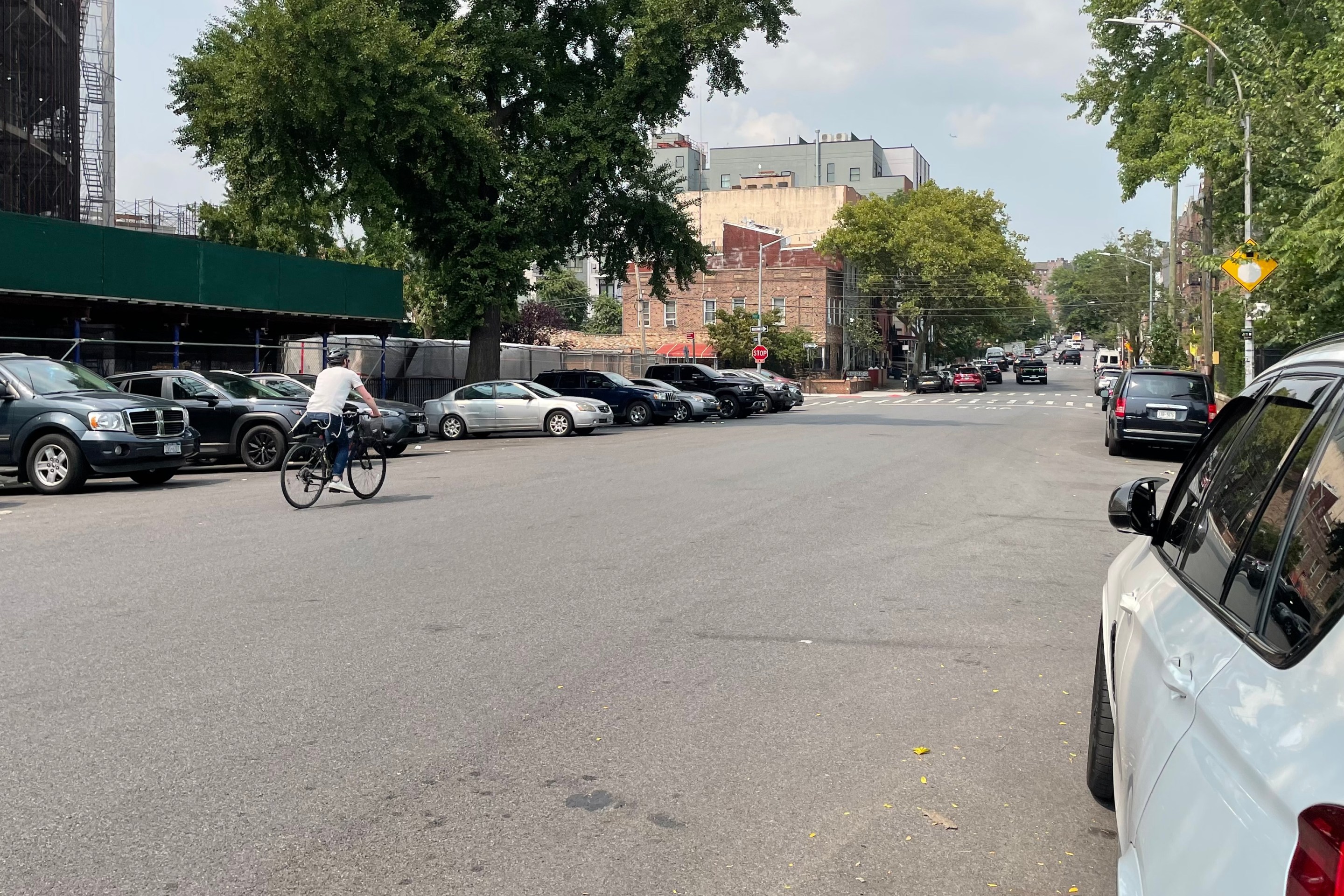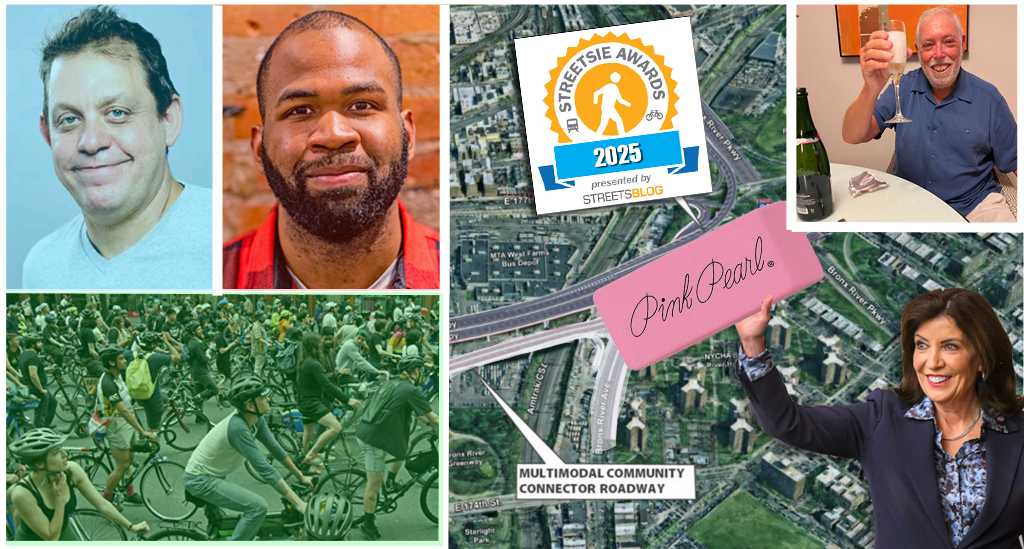Suing the city has earned the well-connected opponents of the Prospect Park West bike lane a lot of media attention, but ultimately their lawyer, Gibson Dunn's Jim Walden, will have to show up in court and make his case that the lane was illegal. According to the legal experts we spoke to, that case looks shaky indeed.
"I take this complaint to be largely public relations, with no more law behind it than is minimally necessary to avoid sanctions for frivolity."
The bike lane opponents are suing under Article 78, the provision of state law which allows judicial review of administrative actions. Their main complaint is that DOT's decision-making process was inappropriate. They say that DOT's statistics, which demonstrate that the lane improved safety, weren't properly presented, and they point to e-mail correspondence and blog comments to imply that DOT was biased. We've covered the flaws in the opponents' main statistical arguments and public process complaints already. In this post we will examine their case in a strictly legal sense.
Under Article 78, the bike lane opponents need to show that DOT acted in an "arbitrary and capricious" manner when it decided to install the bike lane. That means "that there is little or no support for what they did in the facts," said Richard Briffault, a Columbia Law School professor and expert in state and local government law. The city only needs to show that it had some reason for installing the lane and followed proper procedure. "That puts a heavy burden on the challenger," said Briffault.
When I asked Briffault whether the community board's request for traffic calming or DOT's stats showing the lane improved safety would be considered reason enough to clear the "arbitrary and capricious" bar, he said they probably would be. "If [the city] can show that there are reasonable arguments that this would advance safety, they're likely to make it."
Roderick Hills Jr., an NYU Law School professor with a focus on local government law, agreed that the court will be unlikely to find that DOT's explanation of why it installed the lane isn't good enough. "Frankly, getting factual findings overturned on arbitrary and capricious review is almost impossible," he said. "You just have to have some kind of finding." In other words, the plaintiffs' attempt to cast doubt on safety improvements by cherry picking crash and injury data won't matter in court. Legally, what matters is that DOT has safety statistics in the first place.
In fact, in a strictly legal sense, all of DOT's factual findings may be completely irrelevant. Briffault said he presumed that DOT has some sort of rulemaking process that it had to document as it installed the bike lane, but Hills said that might not even be true. "So far as I can tell, [DOT Commissioner Janette] Sadik-Khan is not obliged to make any factfindings before she designates a bike lane. At least, the complaint alleges no such legal obligation," said Hills. If so, the fight over DOT's statistics and motivations is even more irrelevant legally, as the agency didn't have an obligation to explain them in the first place. The lawsuit's allegation about data fudging and DOT having improper contact with bike lane supporters "really is no grounds for overturning her decision," said Hills.
The overwhelming bulk of the opponents' lawsuit is dedicated to the argument that DOT made the decision to install the bike lane inappropriately. But they also are asking for review of whether DOT skirted environmental review law. Their argument isn't that all bike lanes require environmental review -- a position whose lack of merit Streetsblog has already covered -- but that it requires review because it borders a historic district.
"At first glance – and perhaps second as well – this looks pretty weak," said Hills. "The NY SEQRA regs specify that installation of 'traffic control devices' is a Type II action – meaning that it is presumptively not subject to any EIS obligation." State law does require environmental review for actions within or next to historic districts, but only for types of action that aren't listed elsewhere; if installing a bike lane is indeed a Type II action, then that wouldn't apply. The bike lane opponents, therefore, will have to prove that the lane should in some way not qualify for the general exemption of traffic control devices from environmental review.
"In sum," concluded Hills, "I take this complaint to be largely public relations, with no more law behind it than is minimally necessary to avoid sanctions for frivolity."





